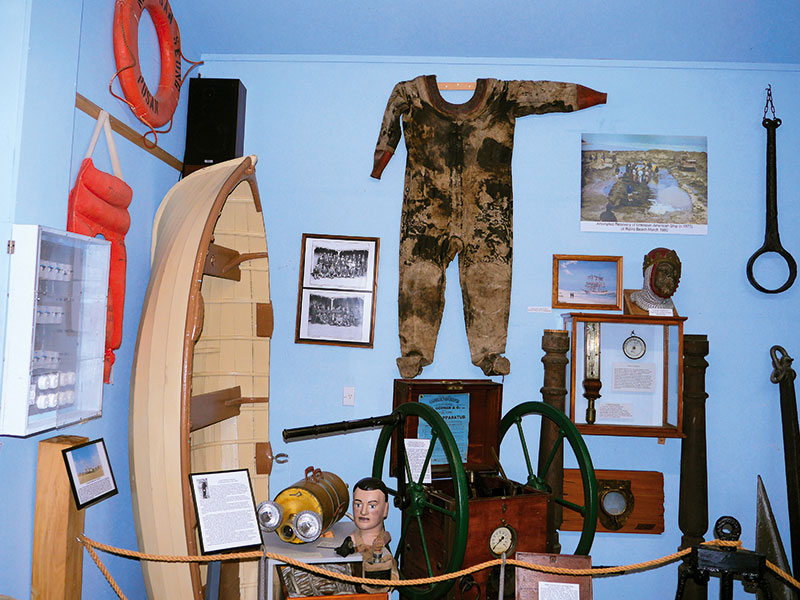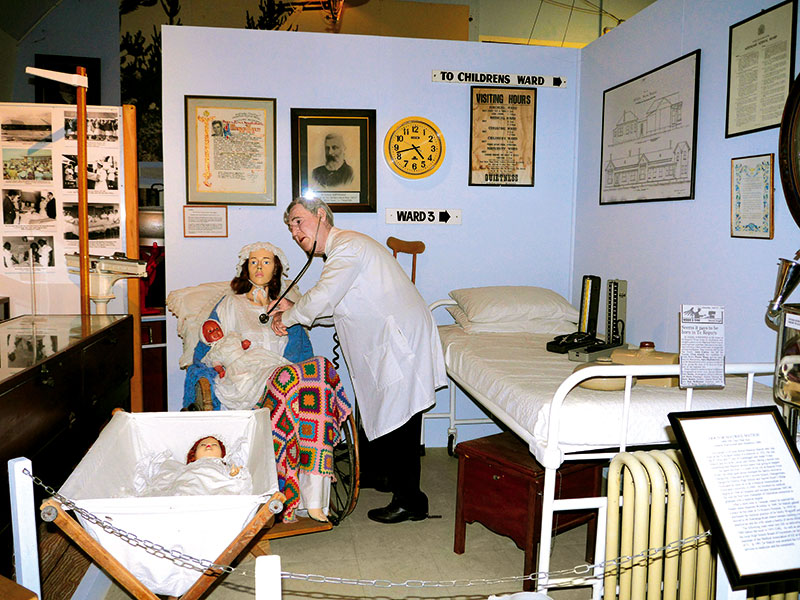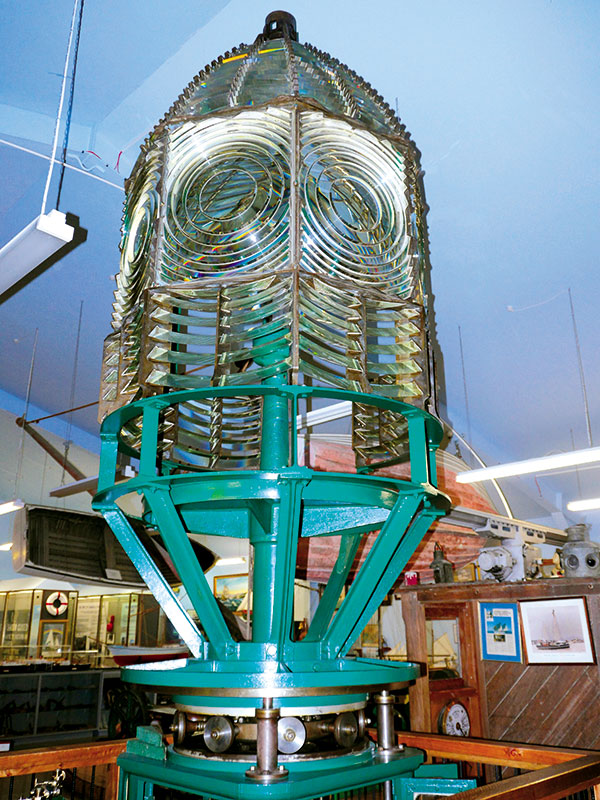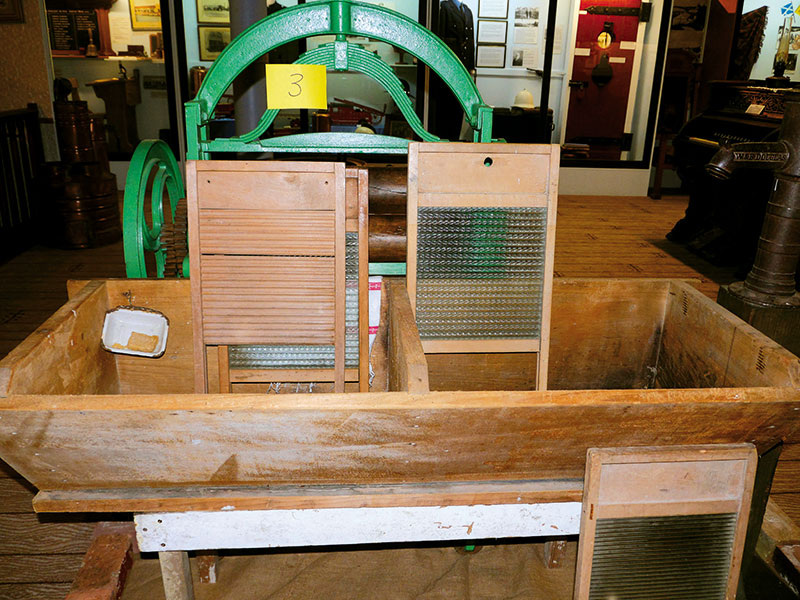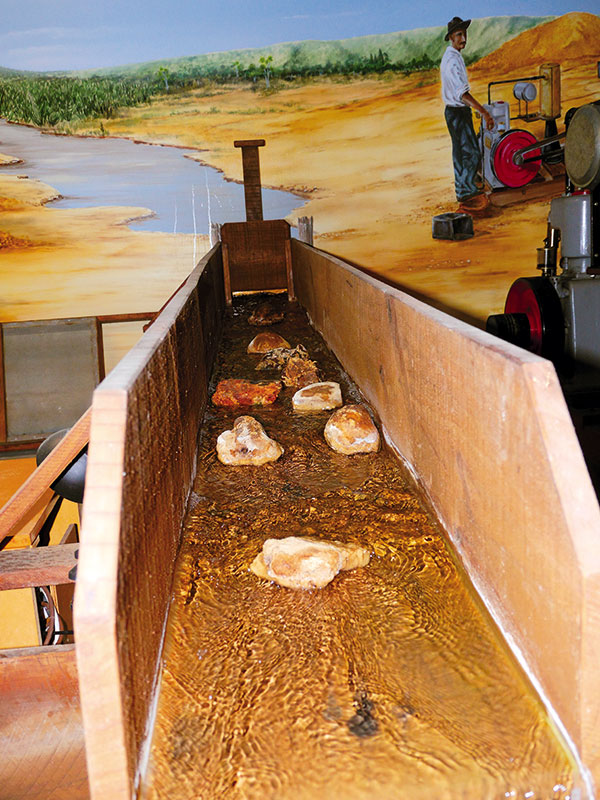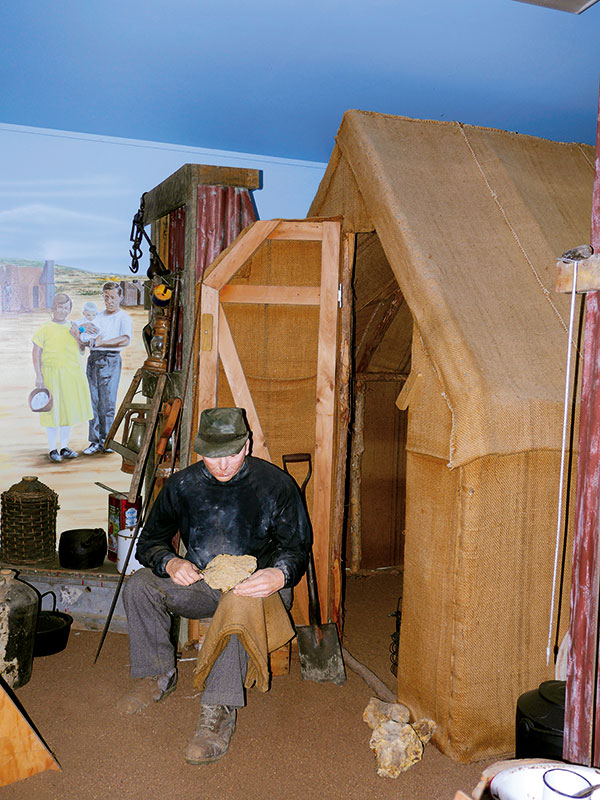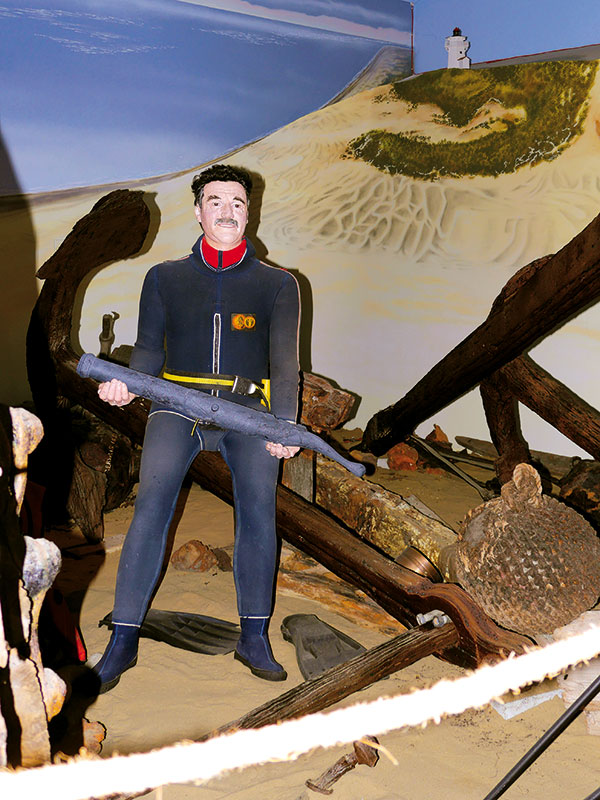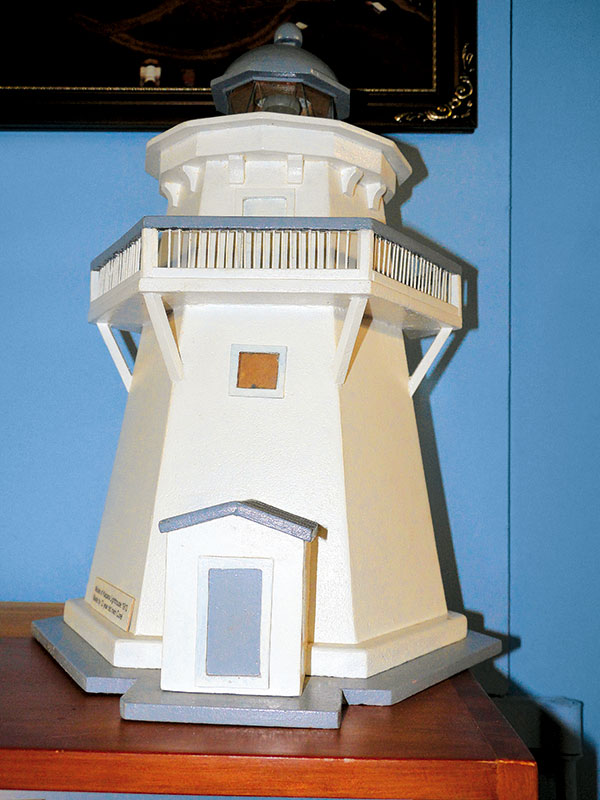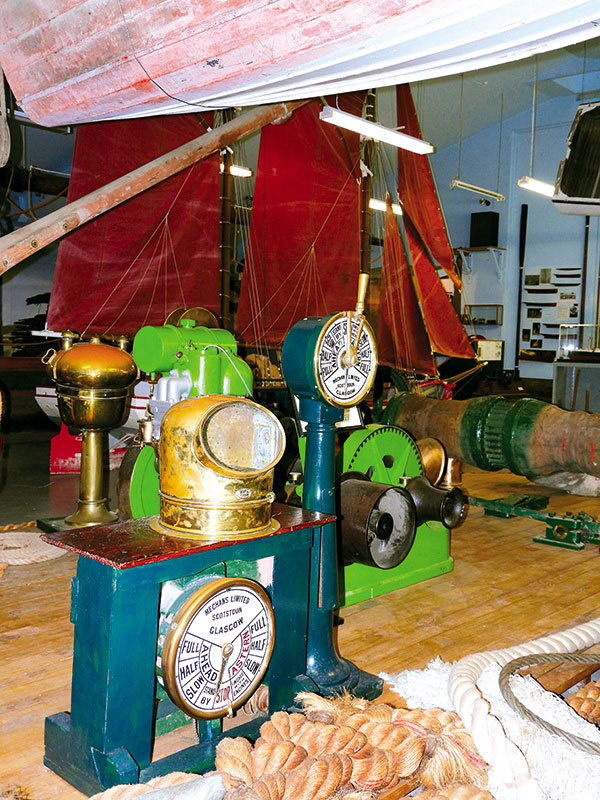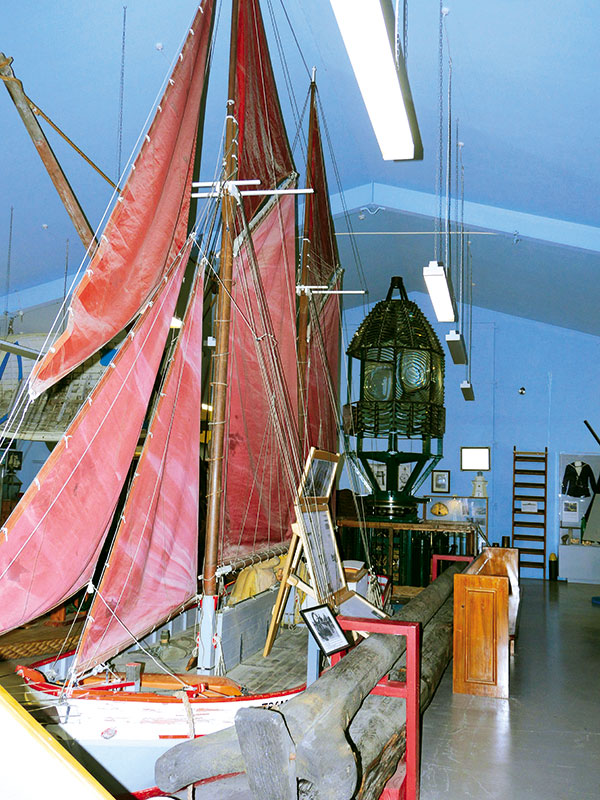It was a toss-up: stay at beautiful Baylys Beach Holiday Park and enjoy a lovely long walk on the nearby golden sands, or park up overnight at Dargaville Museum. We chose Baylys Beach and spent a soggy night all but trapped in our motorhome as a massive low pressure system dumped a deluge of rain on the already soaked soils of surrounding Dargaville.
Baylys Beach Holiday Park is well situated for beach activities, but such were the conditions, we were unable to enjoy the much-anticipated beach walk, and, thus deprived, we were glad for the opportunity to head to Dargaville Museum early the following morning to enjoy a good, dry, dose of indoor activity.
The circuitous drive to the hilltop museum at Harding Park really builds the anticipation of the destination. Up and up we climbed before emerging on the hill top for a close up look of the massive spars which had dominated the view of the museum from below. The spars are the masts of the ill-fated Rainbow Warrior, and we were later to see more relics from the vessel inside. This gives just a small inkling of the calibre of the collection.
Beyond the spars, the plains of Dargaville, and the Wairoa River which wends through them, spread out as far as the eye can see. Even on this rain-soaked day, the near 360-degree view was dramatic. We began to regret we had not taken a camp site here the night, because this would have been a mighty view to wake up to.
The Dargaville Museum works in closely with the NZMCA, but non-members with self-contained vehicles are just as welcome to take advantage of the non-powered sites with waste facilities and water.
Adjacent to the museum's entrance is its latest exhibit – the open air re-creation of a gumdigger's settlement, complete with life-like mannequins. Much of the early European history of the Dargaville district was built on the back of the Dalmation-dominated kauri gum trade. Central to the museum's extensive displays honouring 'Northland Gold', is a fully restored working machine built in 1914 by Backstone and Co Ltd to drive the kauri gum through its washing plant at nearby Red Hill.
In addition to its outside exhibits, the museum comprises six separate halls covering some 1800 square-metres. It is a massive area, yet the overwhelming impression from the foyer and throughout each successive hall is of an unflagging array of artfully arranged objet that would do any major museum proud.
From the outset, in the carpeted entrance hall lined with kauri gum, the eyes swivel from one amazing relic to the next. Initially the feeling is one of hushed reverence, as if one has been invited to a grand private home. Indeed, many of the exquisite items on display in The Pioneer Hall have been amassed from private collections. Richly carved furniture of an imposing scale sits beside delicate side tables elaborately crafted from contrasting woods.
Overhead hang huge ship's bells, while the walls are lined with black and white photographic portraits of pioneers and glass fronted display cabinets, each illustrating a different aspect of the life of early European settlers.
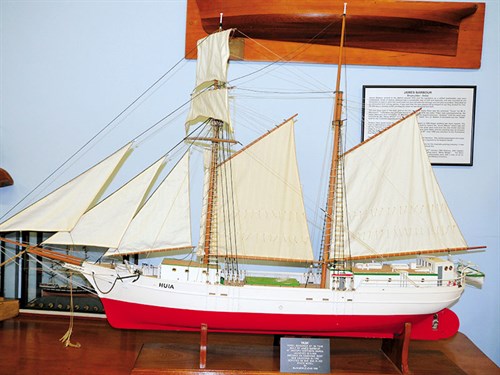
I tore myself away from this arresting image and wandered happily on past the kauri fields with impressive mannequins and painted backdrops. I am always more impressed by a museum which allows the strength of its exhibits to speak for themselves.
I love maritime history. This has always been richly abundant in the Dargaville district, known as Tokatoka, Maungaraho by Maori who hunted the fertile plains flanking the shores of the Wairoa River, and gathered fish and shellfish from the nearby coast. We would eventually get a glimpse of their lives when we entered the Maori Hall which has a fine collection of artifacts, including a canoe salvaged from beneath the swirling sands of Pouto Peninsula.
My recent visit to Pouto, where I'd taken the sand safari to the lighthouse, had sharpened my respect and understanding for settlers both Maori and European who had lived in this wild and untamed place where swirling currents and sandstorms made life difficult in the extreme. By comparison to the wild coast, the Northern Wairoa River below the museum, even as it was brown and swollen with recent rains, looked tame by comparison.
But looks can be deceiving. Dargaville lies at the northern end of the Wairoa River. From the open sea, it can only be reached from the Kaipara Harbour which is flanked by a notorious bar. During the 20 years from 1880 until 1900, when the region's economy flourished around its timber and gum trades, Dargaville was the country's busiest port.
But even before the peak of trade, the Kaipara bar had claimed many lives. One such shipwreck is remembered in the maritime hall's display of relics salvaged from the French corvette, L'Alcmene which foundered on Riporoa beach in June 1851 with the loss of 12 lives. Such losses were offset by the miraculous rescue by local Maori of the remaining 192 people who were transferred to Auckland to await return to their native France.
I could have spent a great deal of time in the Maritime Hall wandering among the salvaged relics, ships' models and displays – the majority of which are on a grand scale – but which also include the more whimsical – like the collection of outboard motors, the sheer variety of which could not help but raise a smile.
In the Maori Hall, the collection, though on smaller scale, is no less impressive. Central to this room is the previously mentioned 16-metre canoe dug from the sands of Pouto Peninsula in 1900. It is almost certainly pre-European and made using fire and stone tools with the delicate expertise of a master craftsman. While permission was granted to take photographs throughout the museum, I was asked to refrain from doing so in the Maori Hall out of respect for the ancestors and I was only too happy to do so.
From here we backtracked to the Music and Collections Halls which were no less outstanding in terms of the volume of material on display. In pride of place is the magnificent kauri accordion which sits at the heart of an almost overwhelmingly large collection of accordions. Each pays a handsome tribute to the country of origin of the original owner, and highlights the importance of music to offset the hardship of daily life.
The Collections Hall is a tribute to the diversity of objects which form the collections of zealous amateurs from salt and pepper shakers to boomerangs, birds' eggs and miniature villages crafted by keen collectors. It's whimsical, rather than world-beating, but this room cannot help but raise a wry smile.
The Dargaville Museum is full of surprise and wonder. It's a great place to base yourself next time you're in the region.
For the latest road trips, as well as motorhome news and reviews, subscribe to Motorhomes, Caravans & Destinations magazine here.


